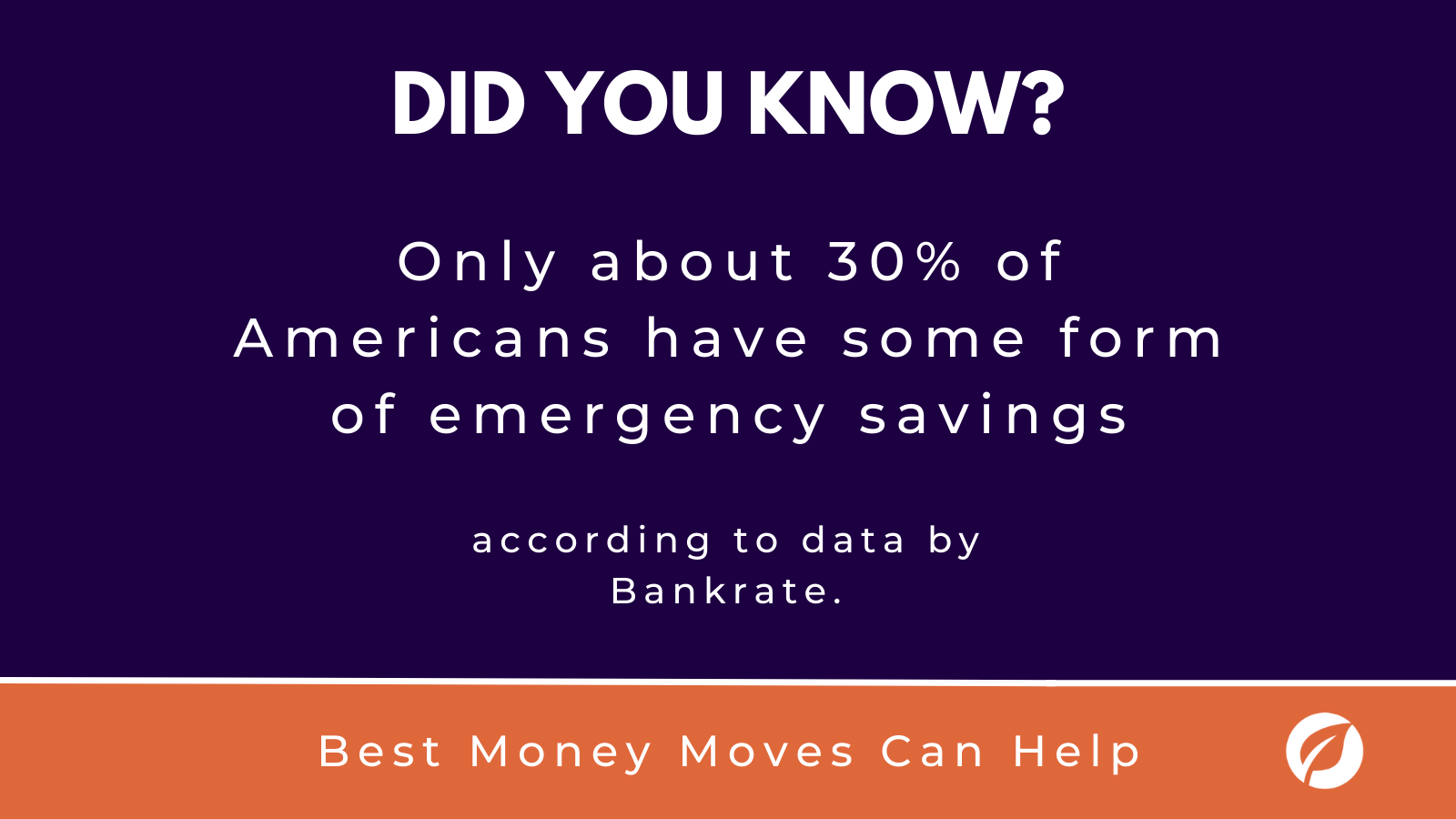In 2022, natural disasters displaced nearly 3.4 million people, according to data from the U.S. Census Bureau. Climate-related catastrophes have affected many communities across the country, and the COVID-19 pandemic demonstrated that even non-weather-related disasters can leave an enormous impact.
Now more than ever, it’s imperative that companies support their employees following a large-scale natural disaster. Without a proper strategy in place, your staff may be left without critical assistance in the wake of a natural disaster.
Here are five ways you can support employees following a natural disaster.
1. Have a plan in place before a natural disaster occurs.
Having a dedicated disaster plan in case of an emergency can make the transition for your company and employees much smoother. Ensure that your staff understands emergency protocol and that the information is easily accessible. A solid plan won’t prevent a national disaster, but it can help support your employees through tough periods and possibly save lives. Whether it’s an evacuation strategy or up-to-date medical supply kits stored around the workplace, being well-prepared is key.
2. Reach out to affected employees.
Create a contact list for all of your employees and reach out every step of the way. Use social media or your company’s personal lines of communication to distribute important information to your workforce. It’s critical that your staff understands the next steps and any support your company may offer. These channels can also be a way to let employees know what your organization’s schedule will look like during and after the event.
You can also use this strategy to share general information, such as road closures or weather updates. Information about disaster relief programs may not be common in your area, so ensure that any relevant material is distributed regularly. In addition to what your company may offer, the Federal Emergency Management Agency (FEMA) may offer programs to support disaster victims, including mass care assistance, crisis counseling and emergency alerts.
3. Set up a home base.
If at all necessary and practical, for employees who are displaced because of a disaster, consider setting up a shelter. This may include working with a local school or church that will offer your staff a safe space. This can serve as a daycare, pet care center or even charging station where people can congregate and consider the next steps. Food and water may also be scarce in the wake of a natural disaster, making a home base even more necessary.
4. Provide mental health benefits.
Everyone reacts to a disaster differently. The loss of personal items, homes or even close relationships takes its toll. It’s common for employees recovering from a disaster to experience heightened anxiety and increased levels of burnout.
Communicate with members of your team to see how they are affected by the event. Encourage staff to make use of any mental health services your company may offer and understand that the effects of the disaster may linger, even after the event has ended. According to a survey by the Harris Poll, almost 70% of workers say mental health services offered by employers are beneficial.
5. Utilize financial wellness programs.
Natural disasters can cause billions of dollars in damages and families pay the price. According to an analysis by the JP Morgan Chase Institute, during Hurricanes Harvey and Irma, home expenses rose 15 to 37 percent and inflows to checking accounts dropped 20 percent.
Arming your workforce with the financial education they need is key to supporting them through any disaster. Without it, they may be left vulnerable to unexpected expenses, increased consumer debt and other financial pitfalls. Proper financial planning can prevent unnecessary challenges and help them through the difficult process.
For example, emergency funds are one of the biggest problem areas for Americans. In 2023, only about 30% of people have some emergency savings, but not enough to cover three months of expenses, according to Bankrate. Financial wellness programs offer assistance with emergency funds no matter the financial situation, by providing saving strategies and educational information.
Do your employees need financial guidance while navigating natural disaster relief? Consider Best Money Moves.
Best Money Moves is a mobile-first financial wellness solution designed to help dial down employees’ most top-of-mind financial stresses. As an easy-to-use financial well-being solution, Best Money Moves offers comprehensive support toward any money-related goal. With 1:1 money coaching, budgeting tools and other resources, our AI platform is designed to help bolster employee financial wellbeing.
Whether it be paying off debt or securing a mortgage, Best Money Moves can guide employees through the most complex financial times and topics. We have robust benefits options for employers, regardless of their benefits budget.
To learn more about Best Money Moves Financial Wellness Platform, let’s schedule a call. Contact us and we’ll reach out to you soon.


